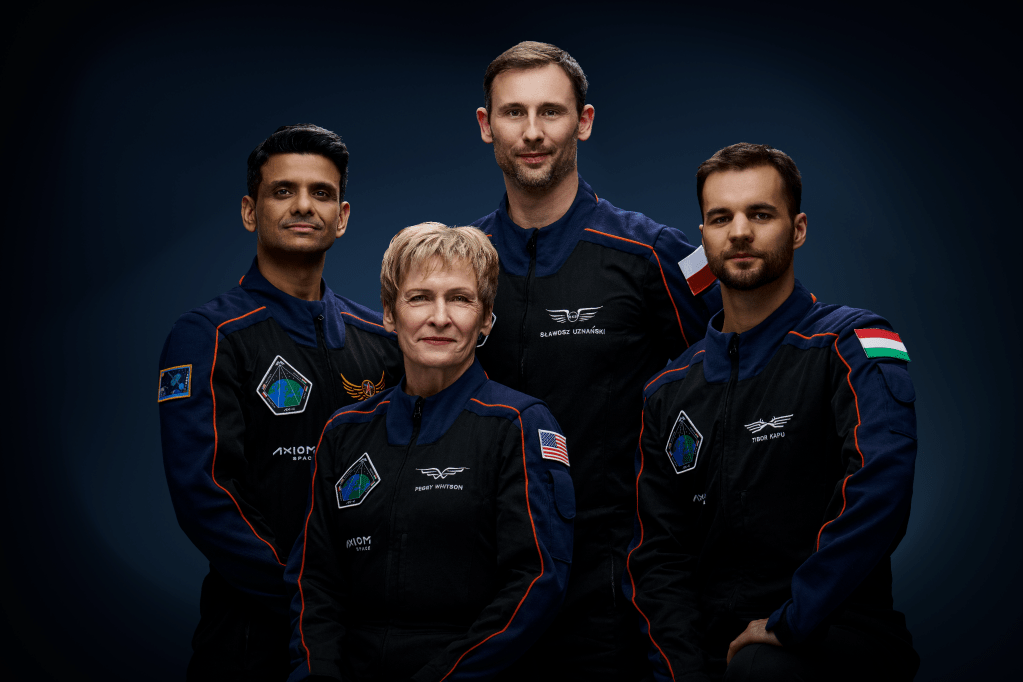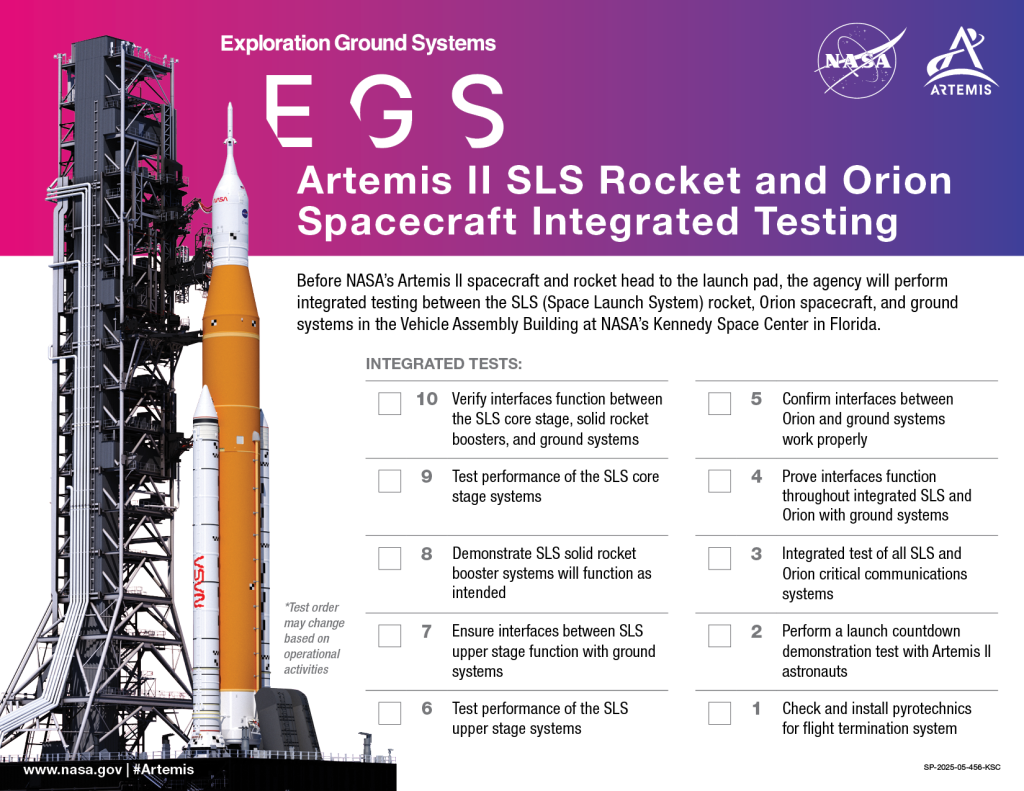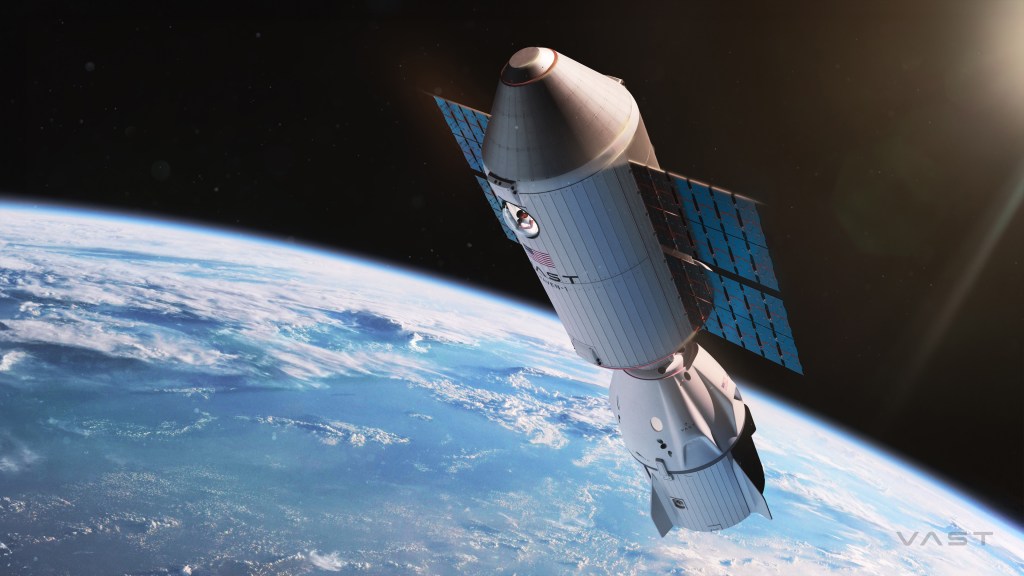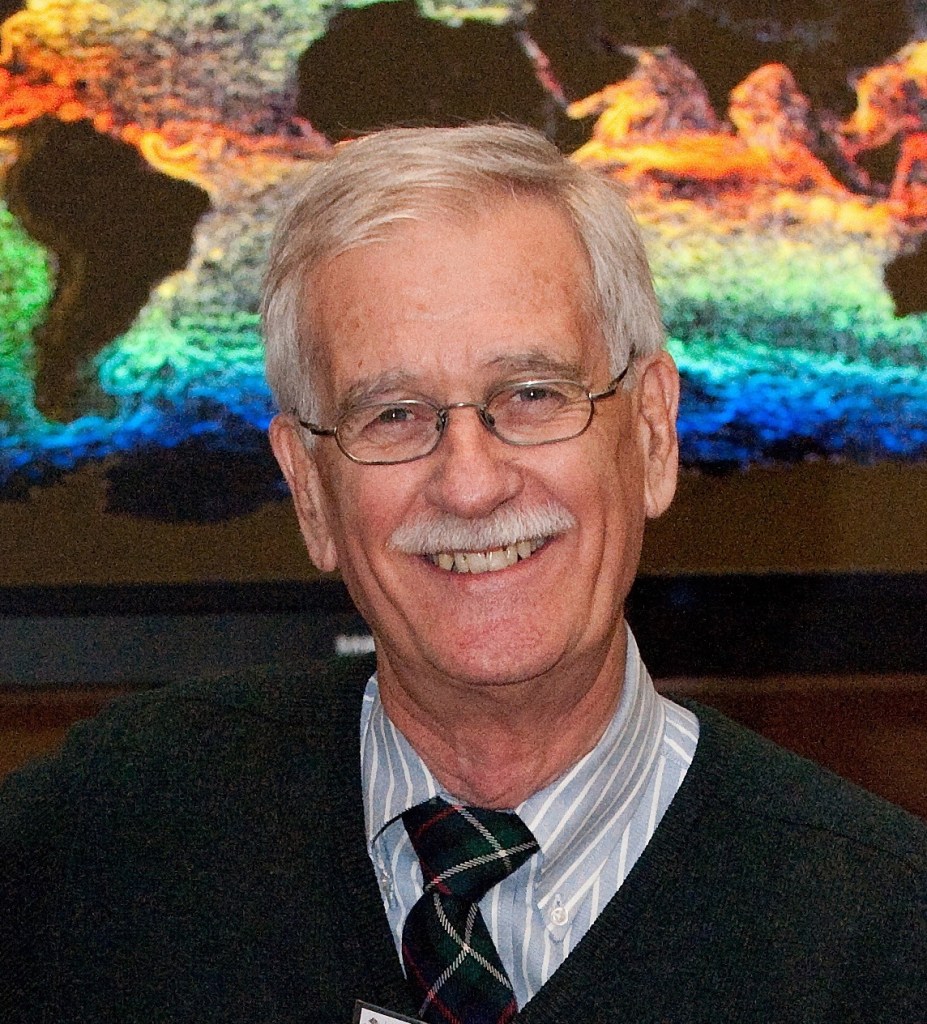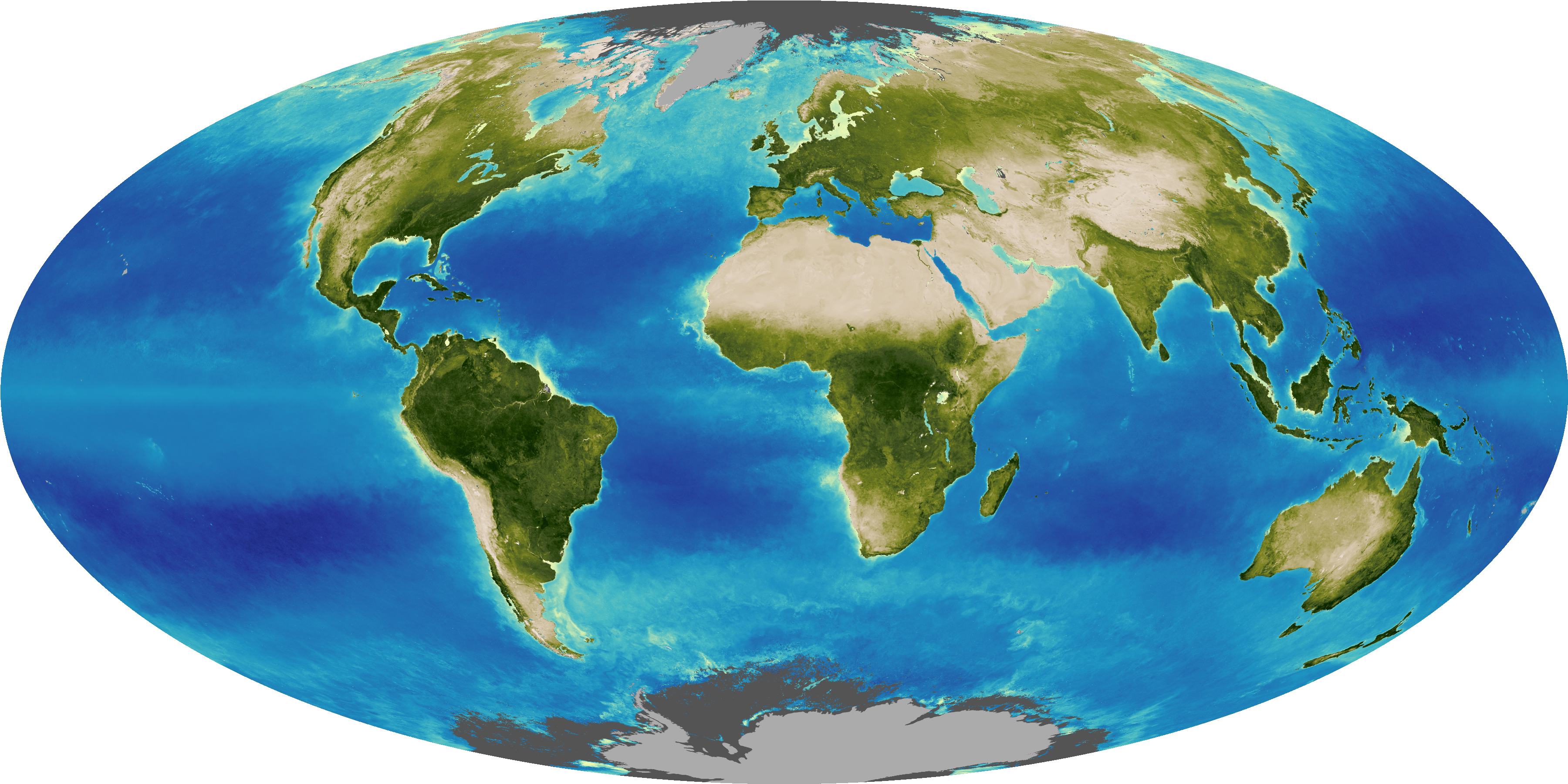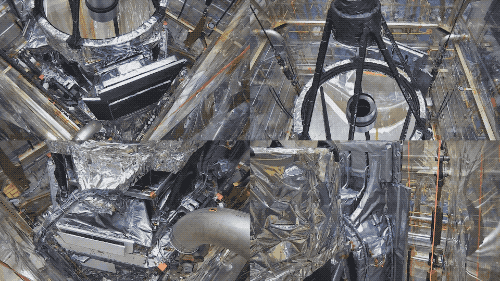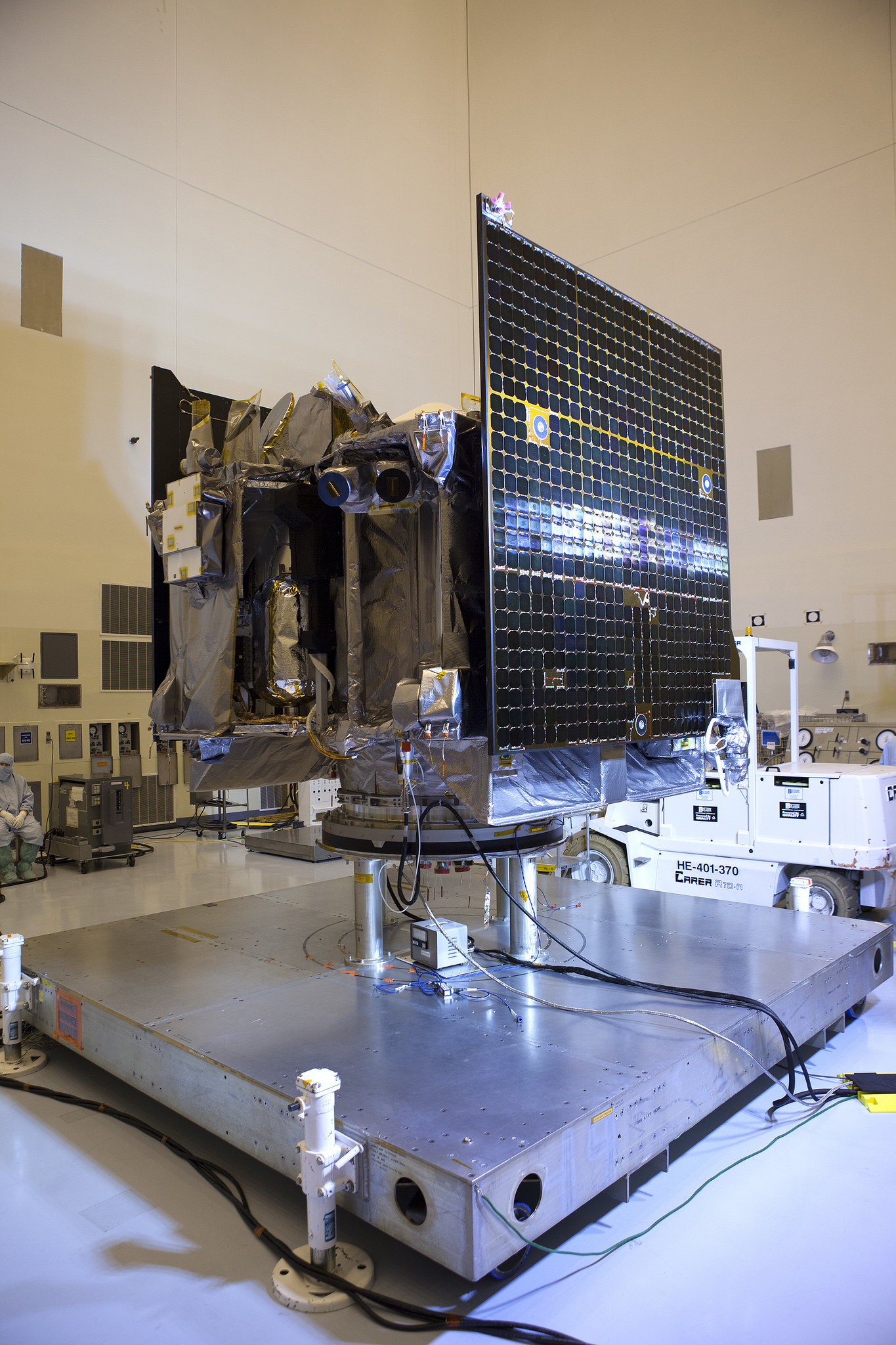The first U.S. mission to travel to an asteroid, retrieve samples and return them to Earth is targeted for a Sept. 8 launch atop a United Launch Alliance Atlas V rocket from Cape Canaveral Air Force Station in Florida. This groundbreaking mission, several years in the making, is the Origins, Spectral Interpretation, Resource Identification, and Security-Regolith Explorer, also known as OSIRIS-REx. It will travel to near-Earth asteroid Bennu, map its surface using 3-D laser imaging, retrieve samples from the surface and return to Earth.
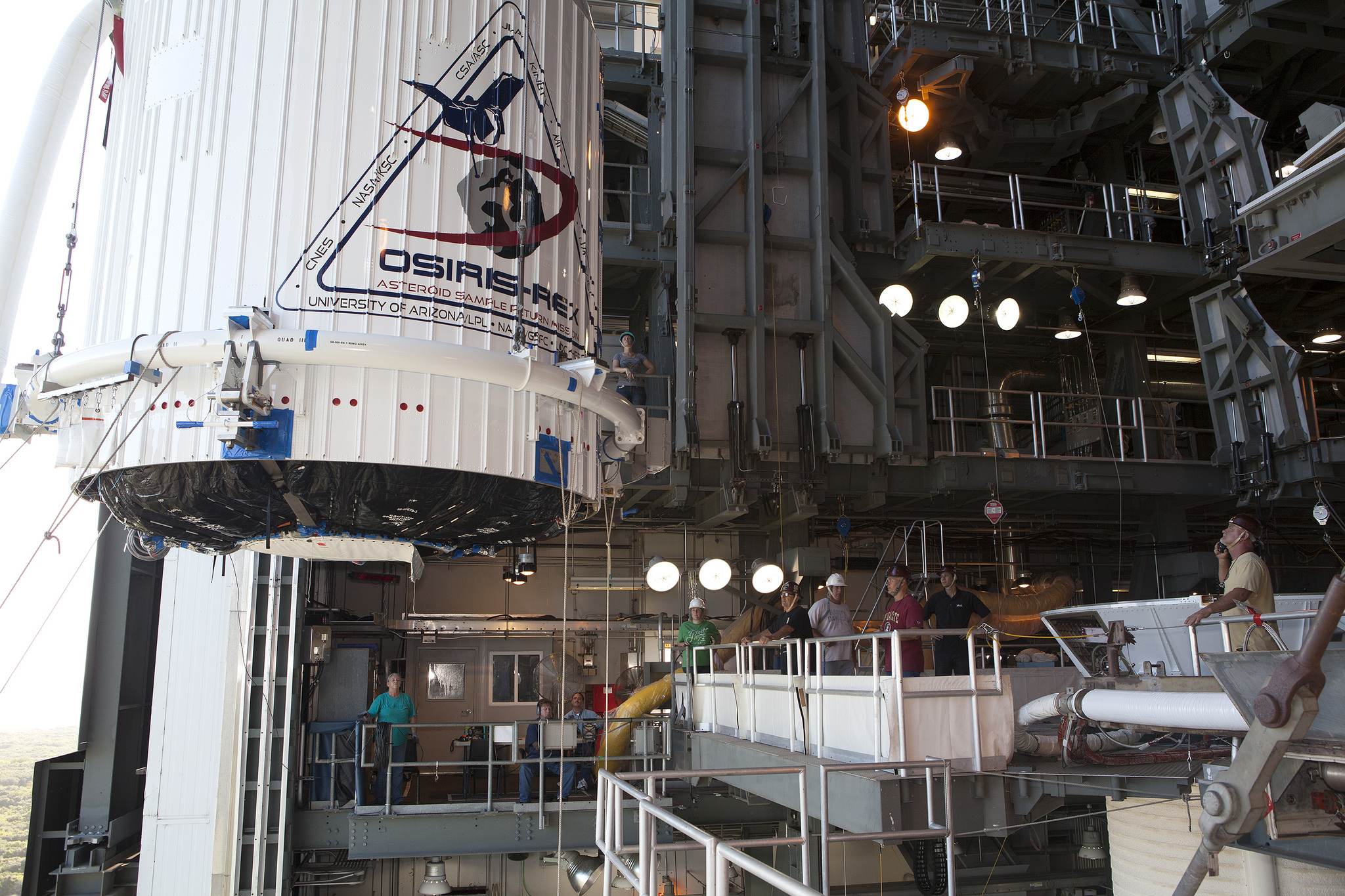
“The OSIRIS-REx mission is a seven-year journey from launch to Earth return,” said Dante Lauretta, principal investigator. He is a professor at the Lunar and Planetary Laboratory at the University of Arizona.
The spacecraft will spend the first two years of the mission cruising to asteroid Bennu, arriving in August 2018. The five specialized instruments on OSIRIS-REx will be used to map the asteroid’s surface, identify the minerals and chemicals that may be on the surface, and select the sample site.
“The primary objective of the mission is to bring back 60 grams of pristine carbon-rich material from the surface of Bennu,” Lauretta said. “We expect these samples will contain organic molecules from the early solar system that may give us information and clues to the origin of life.”
In July 2020, the spacecraft will briefly touch the surface of the asteroid to collect loose rocks and dust using its Touch-and-Go Sample Acquisition Mechanism, or “TAGSAM,” and store the material in a sample return capsule. The spacecraft will depart the asteroid in March 2021, when the departure window opens, and travel for two-and-a-half years on a trajectory for Earth return in September 2023.
As OSIRIS-REx approaches the Earth, the sample return capsule will eject from the spacecraft and land with the help of parachutes at the Utah Test and Training Range, southwest of Salt Lake City. The canister will be retrieved and transported to NASA’s Johnson Space Center in Houston for analysis. The main OSIRIS-REx spacecraft will remain in orbit around the Sun after the sample return and Earth flyby. The mission will lay the groundwork for future exploration of asteroids and other small bodies in the solar system.
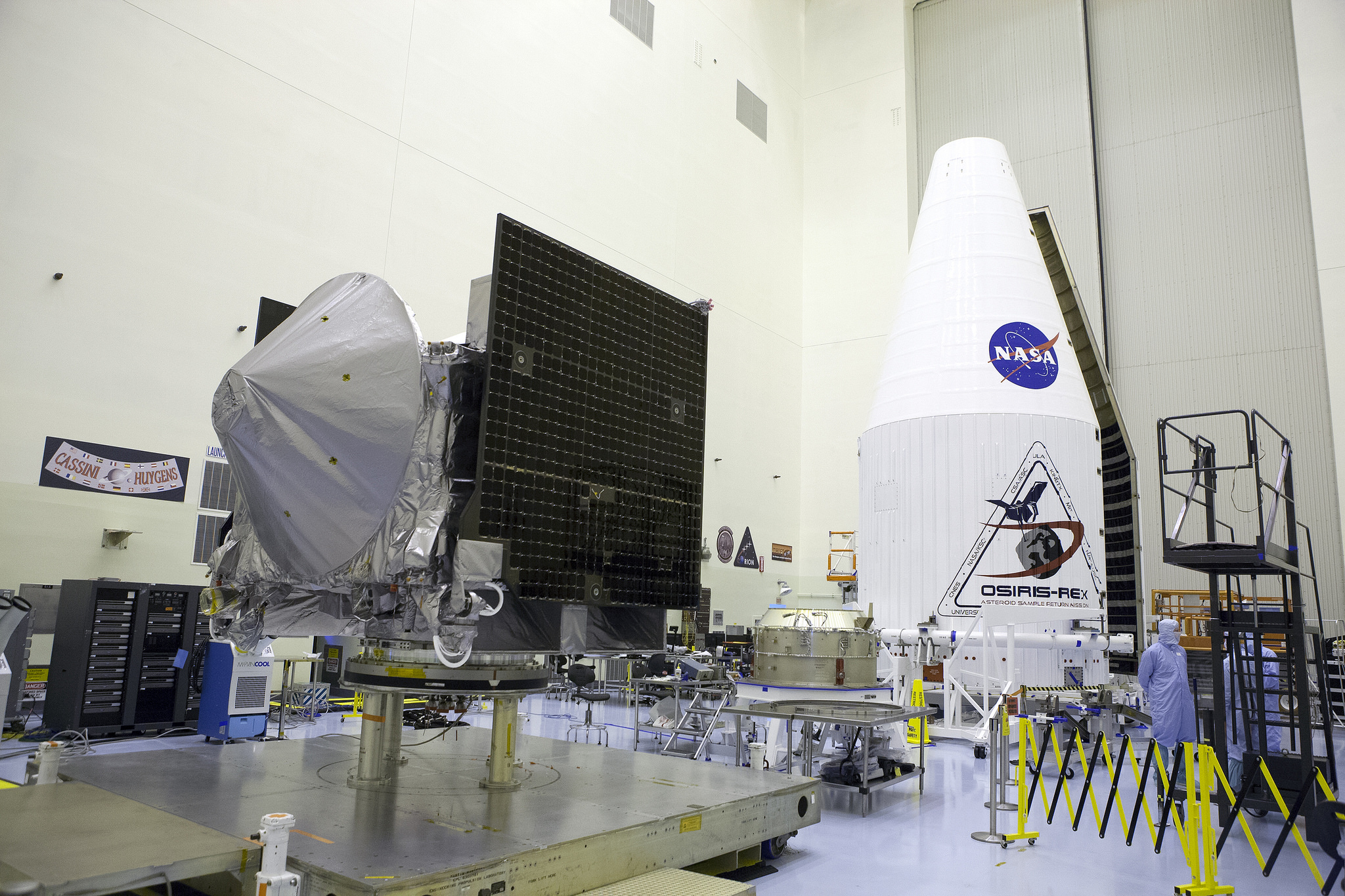
Prior to launch, the appropriate steps are being taken to assure mission success.
OSIRIS-REx arrived at NASA’s Kennedy Space Center in Florida on May 20 and was transported to the Payload Hazardous Servicing Facility, or PHSF, the same day. Inside the PHSF it was processed and prepared by the spacecraft team for its mission.
Technicians and engineers performed illumination tests on the spacecraft solar arrays, tested instrument hardware and communication systems, performed a weight and center of gravity test and installed thermal blankets around the spacecraft to protect it from the extreme temperatures of space. Propellant also was loaded into the spacecraft that will help it to reach Bennu and return to Earth.
“We processed this payload in a very clean environment,” said Rex Engelhardt, Launch Services Program mission manager for OSIRIS-REx. “We don’t want to contaminate the samples that OSIRIS-REx will return to us.”
In the PHSF, the processing team placed sample plates near OSIRIX-REx to collect contamination samples. These samples will be compared with the samples that are returned from the asteroid in order to eliminate any contamination that may have occurred in the PHSF.
OSIRIS-REx was placed in its payload fairing Aug. 19, and transported to the Vertical Integration Facility at Space Launch Complex 41 for lifting and mating to the rocket Aug. 30.
“The asteroid Bennu is about 1,600 feet (492 meters) in diameter. Think of it as a small mountain in space,” Lauretta said. “It is a near-Earth asteroid that makes occasional close approaches to our planet.”
Lauretta said he is honored to lead a program like OSIRIS-REx for NASA and the country.
“The team is an amazing group of very talented, dedicated people who are excited about the program and really believe in the mission. I couldn’t be more proud of their accomplishments, and the launch is the culmination of years and years of hard work,” Lauretta said.
OSIRIS-REx is the third mission in the agency’s New Frontiers Program. NASA’s Goddard Space Flight Center in Greenbelt, Maryland, is providing overall mission management, systems engineering, and safety and mission assurance for the spacecraft. Lockheed Martin Space Systems in Denver built the spacecraft. NASA’s Marshall Space Flight Center in Huntsville, Alabama, manages New Frontiers for the agency’s Science Mission Directorate in Washington.





